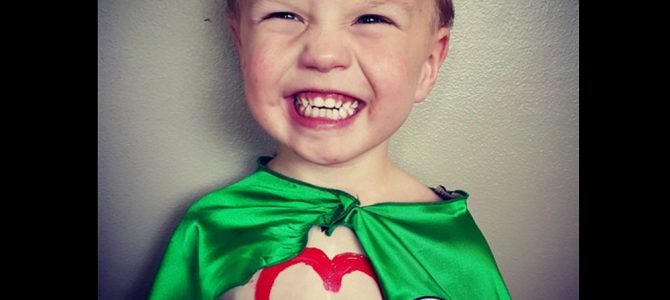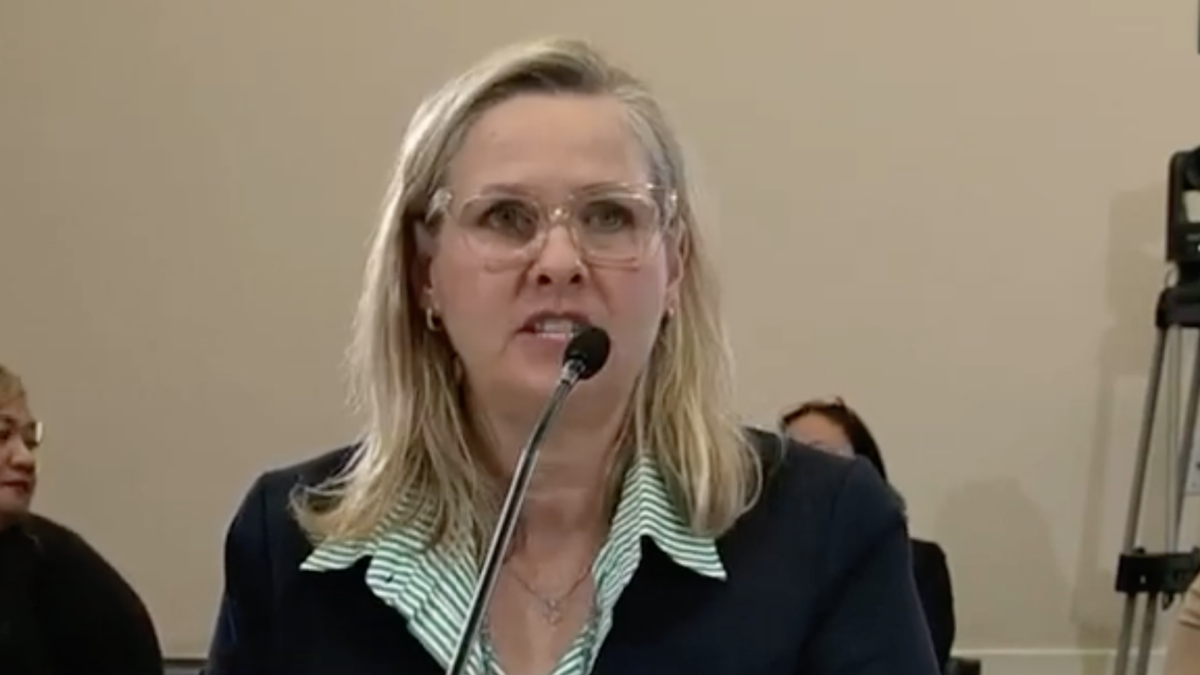
The New York Times published an op-ed on Friday in the wake of the presidential debate, a woman’s testimony of having a late-term abortion. Meredith Isaksen’s son was diagnosed with a congenital heart defect, the most common type of birth defect. According to Mended Little Hearts, one in 100 children develop congenital heart defects, or about 40,000 born every year in the United States. Because of the severity of her son’s diagnosis, Isaksen opted to abort him rather than give birth to a child who “would ultimately need a heart transplant.”
CHD is usually an invisible illness. Unless you see a scar or an oxygen tank, others generally can’t detect it. It’s also an invisible illness that is treatable, but never cured.
I was born with several congenital heart defects and had two major surgeries to repair them. I will be under the supervision of specialists and medication to manage my symptoms for the rest of my life. I’ve befriended several people with other CHDs—some less complex, some much more. I’ve also read the stories of “heart angels,” the CHD community’s term for those babies, children, and adults who have passed away due to CHD-related complications. I am aware of the future Isaksen’s son was facing.
These Are Real Troubles, But Abortion Doesn’t Solve Them
The factors she says led to her abortion decision were: quality of life for her unborn child, quality of life for her toddler, and the health of her marriage. These concerns that she faced, and that every family with a serious prenatal diagnosis faces, are real. They are significant. No one would begrudge a parent a mourning period for expectations that no longer fit their reality. But abortion should not be the default solution to those concerns.
It’s important to note, by the way, that Isakson’s life was never in danger. This was not an abortion done to save her life. It was wholly a quality of life decision. I point that out because the conversation of late-term abortion tends to center around the question of whether women should have every option available to save their own lives should complications arise. But that was not the case here. Even pro-choice advocates agree that it hardly ever is.
Her op-ed leaves me with questions. Are there any families in her life with children with varied health conditions who were able to address her fears and concerns? Did she make any attempt to contact adults living with congenital heart defects and talk to them about living with CHD? Isaksen doesn’t name her son’s diagnosis, but based on her description, it sounds like he had hypoplastic left heart syndrome, a congenital heart defect common in boys.
There are grown men today with HLHS she could talk to, and who could help her understand that perinatal, neonatal, and special-needs care has come a long way since we were born. CHD does not have a 100 percent survivability rate, but the odds are significantly better than they were 30 years ago. More than 85 percent of children with CHD live to adulthood. There are an estimated 2 to 3 million people living with CHD in the United States alone. I wish Isaksen had taken a little more time and reached out to some of us.
This Is Who Your Son Could Have Been
We’re everywhere. A search for #RockYourScar will turn up thousands of results on Twitter, Instagram, and Facebook, particularly in February (Heart Health Awareness Month). One of the benefits of social media is the way it encourages visibility for the special-needs community. In addition to CHD friends, every day I am able to see families with other birth defects, deafness, Down Syndrome, Wolf-Hirschhorn syndrome, autism, and others. Their constant presence is a passive advocacy.
As many times as you could tell an expecting mother that genetic testing is only 50 percent accurate and that the diagnosis she fears may not even be true, seeing my friend Melanie’s two children with Down Syndrome hugging Mickey Mouse at Disney World while featuring huge smiles will penetrate her soul more than statistics would her mind. Even an accurate diagnosis doesn’t need to be something that is only feared.
That’s why I post pictures on social media occasionally emphasizing my “zipper” scar. I hope newly diagnosed families, or young CHD patients coming into the understanding of their heart history, will see me and my pictures as points of hope for the future.
Isaksen writes, “Parenthood sometimes means we sacrifice our own dreams so our children don’t have to suffer.” She’s absolutely correct. That also involves sacrificing our dreams of “normal” children and accepting them the way they are, rather than putting them through the suffering of a late-term abortion.
The unfortunate truth is that Isaksen’s son still suffered. Pre-born babies suffer in late-term abortion. He might have suffered an early death after birth, too. But I am sorry that Isaksen, her husband, and her firstborn son did not get to mingle that loss with the beauty of knowing their Lev in person, for however long a time they could.








